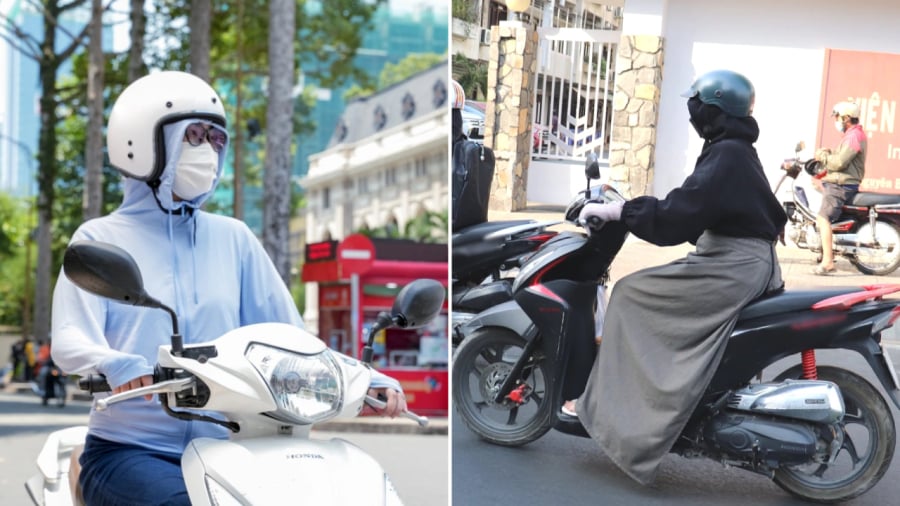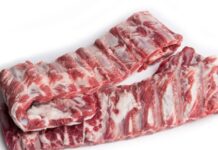The Sun-Protective Properties of Colors
Different colors offer varying levels of sun protection. Research indicates that lighter colors such as white, light pink, and light yellow are excellent reflectors of light. In contrast, darker shades like charcoal, deep green, burgundy, and black are better at absorbing heat. When comparing light and dark colors, the latter provides superior protection against UV rays.
Neutral and pastel colors, such as light gray, beige, and mint green, offer moderate sun protection.
Understanding these characteristics can guide your choice when purchasing sun-protective clothing.
Which Color Offers the Best Sun Protection?
When shopping for sun-protective clothing, consider the following colors to optimize UV protection:
- Black
Black offers superior protection against UV rays compared to other colors, but it also absorbs more heat. Wearing black can make you feel warmer, despite its effectiveness in blocking UV rays.
- Dark Green, Navy
These colors provide excellent UV protection, outperforming lighter shades, while also absorbing less heat than black.

- Burgundy, Charcoal
Compared to lighter shades, these colors offer enhanced UV protection. Consider these options if you seek effective sun protection without excessive heat absorption.
- Dark Gray, Gray
Clothing in dark gray or gray shades can balance heat absorption while providing substantial UV protection.
- White, Pastel
Lighter colors like white and pastel shades create a cooling effect and absorb less heat, but they offer reduced UV protection compared to darker colors.
Additional Considerations When Choosing Sun-Protective Clothing
Besides color, there are other important factors to consider when selecting sun-protective clothing.
Firstly, pay attention to the fabric. Polyester, nylon, and knit fabrics typically offer better UV protection compared to regular cotton garments. Many manufacturers now incorporate UV-protective technologies into their fabrics to enhance skin protection. Reputable sun-protective clothing brands often include a UV Protection Factor (UPF) rating with their products, allowing you to assess their UV-blocking capabilities.
Thicker fabrics like wool, canvas, denim, and synthetic fibers provide superior sun protection over thinner materials. When holding a fabric up to the light, if you can easily see through it, it indicates that UV rays can penetrate the fabric and reach your skin. To ensure that thin fabrics offer adequate sun protection, manufacturers treat them with UV-absorbing chemicals or dyes that block UV rays. However, the sun-protective properties of these treatments may diminish with repeated washing.
Opt for sun-protective clothing with a comfortable, slightly loose fit to minimize heat retention. Wearing tightly fitted garments can stretch the fabric, creating gaps between the fibers that allow UV rays to pass through. Tighter and denser fabric construction provides better sun protection.
In summary, when shopping for sun-protective clothing, darker colors offer superior UV protection, while lighter shades absorb less heat but provide reduced UV blockage. Additionally, consider the fabric’s material and density to ensure optimal sun protection.



































